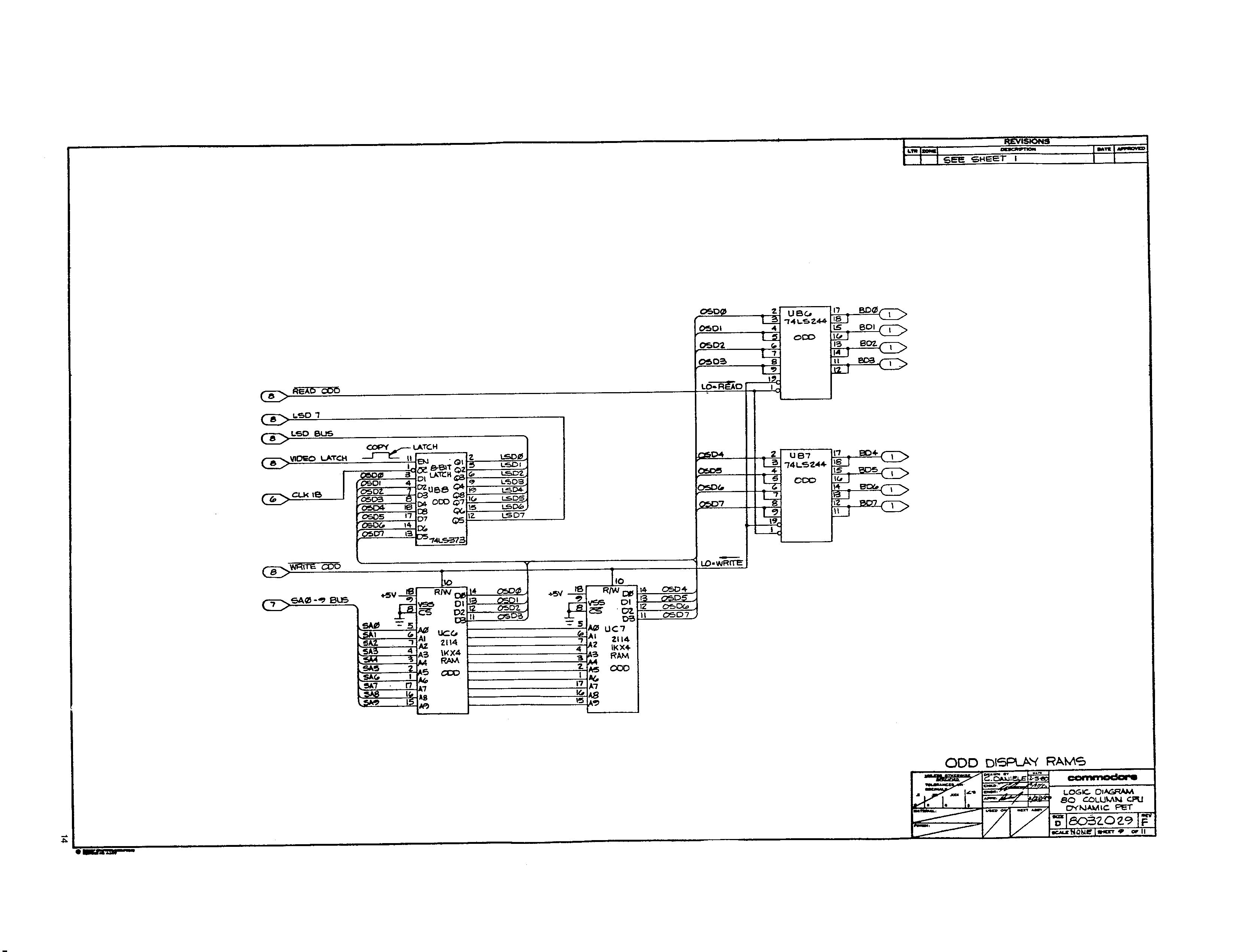
- #Coderunner column 80 how to#
- #Coderunner column 80 full#
- #Coderunner column 80 software#
- #Coderunner column 80 code#
Virtual cover: All the important track information you need is displayed in our famous virtual decks.From the DJ requirements of filters, echoes, and delays to complex and creative noise synthesizers, band echoes, and retro 8-bit audio folding effects. Powerful FX: Numerous customizable DJ FX series backed by industry leaders iZotope.Alternatively, connect any MIDI device or reassign your primary device when you want to customize its performance and improve its efficiency. MIDI support: Add matching official accessories to your setup.For turntablists, it has a unique tag lock feature that keeps their routines tight.
#Coderunner column 80 full#
#Coderunner column 80 software#
64-bit Serato DJ is the award-winning digital DJ software used by professionals around the world. It can work with Scratch Live, ITCH, DJ Intro, and iTunes Music Libraries. Less time for it to work, more time for celebration.

The 4-deck combination has never been better at having the ability to create your own piece, instrument, and vocal combinations without the pressure of holding everything on time. Obviously you can extend this to handle more elaborate marking rubrics.Smart Sync with Beatgrids gives you even longer to urge creative. The output if the student's answer is correct is then, say: ,, , ]Īnd the template is (**edit** fixed wrong indentation on last statement): The 'Result columns' field of the question (in the 'customisation' part of the question authoring form) is I'm giving one mark for each correct line. For simplicity I'm assuming that's always exactly 5 lines but it's trivial to generalise. I'm assuming any simulation parameters are given to the student, so there's only a single testcase, in which the 'expected' field is the expected output. Here's an example of a template grader, closer to your needs. The template grader example in the documentation isn't a very good one, particularly not for your needs, which are actually much simpler. Template graders are simple enough in principle - you just have to construct a program the output of which is a JSON record describing a line of the result table - but are a bit tricky to implement when students supply the code. Wow - you just recently starting using CodeRunner and you're trying template graders?! That's called "Jumping in at the deep end"!Ĭertainly you can achieve what you want, but you do have to use a template grader. Thanks for posting a great question, Heli. On "an advanced grading-template example",
#Coderunner column 80 how to#
Seem to find info on how to do that either.
#Coderunner column 80 code#
I also thought about just updating one the existing fields (like 'extra'įor example, as it won't be used for the code otherwise), but I can't This info which is gathered in a feedback list while running the test Item called feedback, but I don't know how to get the template to give I was thinking of going over this problem by adding a "results column"

But if I just print this info whileĭoing the tests, the exact match grader will (of course) give 0 points,Īs it is not excatly matched as the expected result is. Use this instead of " or something similar. Would like to give full marks, but also give a feedback e.g. There are a number of ways you can do stuff in the simulator that I Now, the problem comes when you need to give somekind of feedback, as Into lines (string) and then checked against the given testcode (=actual With Python3 and student answers are then split Will then be compared to the given netlist. So, I have (mostly) built a custom template as our students will notĪctually do code, they will return their simulation netlist (text) which Trying out Coderunner for a Moodle quiz and run into a problem that Iĭon't know how to solve or even if it is possible to do what I want with ((As requested by Richard, posting my question also here.))


 0 kommentar(er)
0 kommentar(er)
